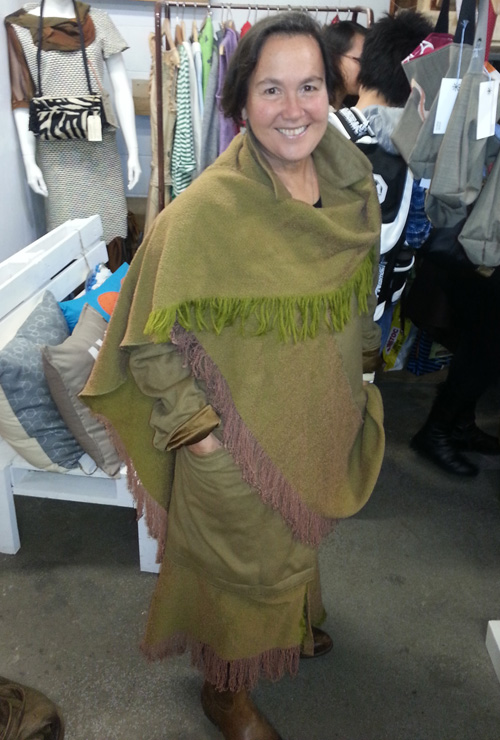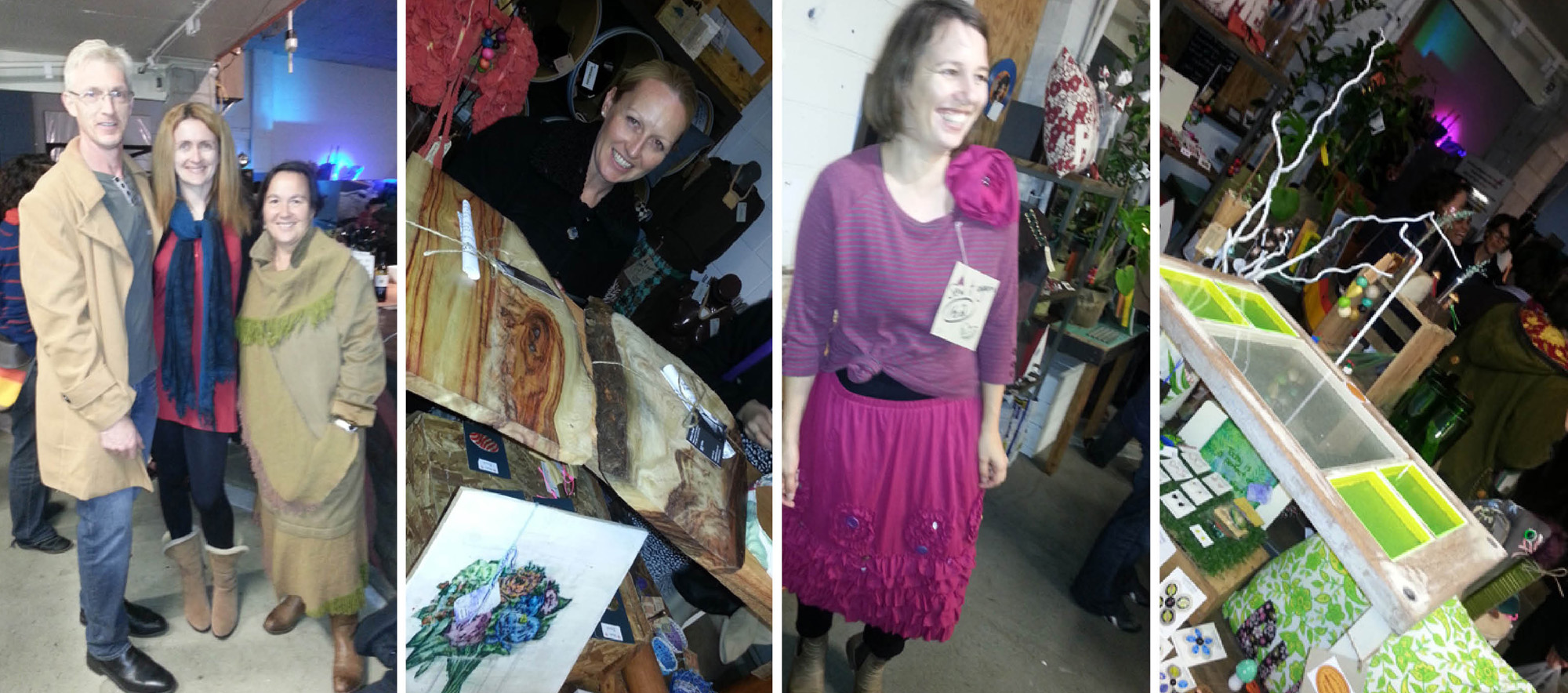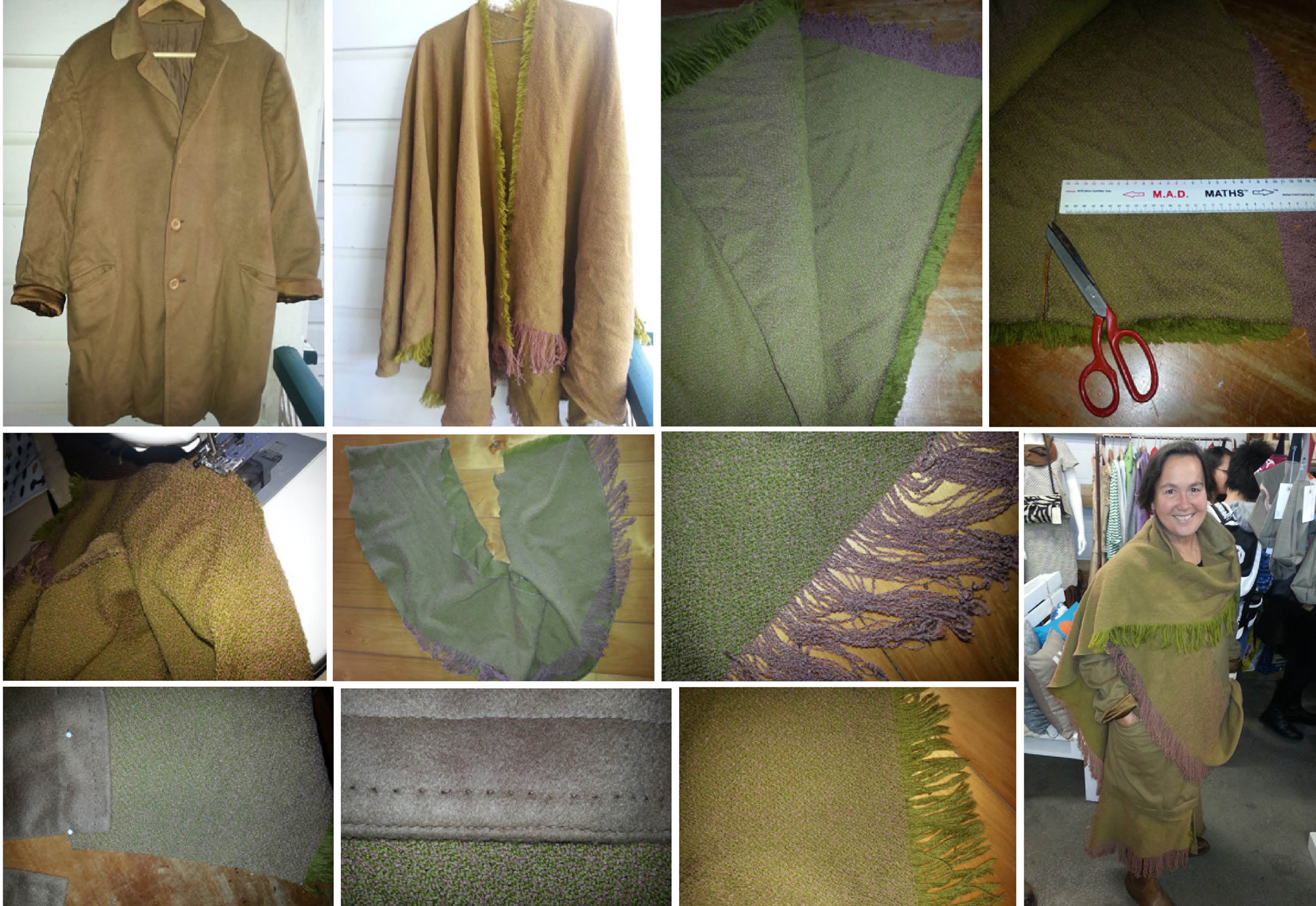 National Op Shop Week begins today and will bring focus to the role of opportunity shops in extending the useful life of consumer goods. By donating to, or purchasing from, op shops we tangibly make a social, ethical and sustainable contribution to society.
National Op Shop Week begins today and will bring focus to the role of opportunity shops in extending the useful life of consumer goods. By donating to, or purchasing from, op shops we tangibly make a social, ethical and sustainable contribution to society.
Most of us have much more clothing than we need in our wardrobes and It makes sense to shift things we no longer need or want – or have never worn.
I’m such a big supporter of op shops that I’ve accumulated more than I need, particularly seeking out natural-fibre clothing made of linen, wool, cashmere, silk and cotton. Only one-third of modern clothing is made from natural fibres, with the majority two-thirds being made from synthetic fibres or petroleum.
Of course I could just send my stockpile back from whence it came to go around another time – but there’s a good chance it may end up in landfill. The reality is that only about 20 percent of donated clothing is resold as clothing – the rest becomes rags, is sent to landfill or to developing nations.
I’ve instead chosen to spend this year working through the stockpile, demonstrating slow fashion by restyling garments for a second-life with my Sew it Again project.
Reverse Emporium at Woolloongabba is showcasing lots of upcycled creations (including mine) as part of the Handmade Harvest exhibition and it was fun to be there last night for the opening and meet like-mindeds with similar values of reuse and resource conservation.
My 236th upcycle for the year is Sew 236, a refashioned men’s cashmere coat found at a Gold Coast opshop two winters ago but no-one in the family was wearing – perfect to be upcycled to wear to the Handmade Harvest opening during a last burst of winter cold.
Because the coat is so well-made (100% cashmere by Crombie at Aberdeen in Scotland) and still in good condition, I wanted to jazz it up while retaining its original integrity. I had a wool cape in a complementary shade which I made some years ago from a drape of woven fabric cut into a circle with the edges fringed (pink and olive) which also was no longer being worn. I cut the bottom 30cm from this cape and zigzagged the cut edge to create about a four metres long scarf. Being cut on the cross generates a lovely drape, particularly so with wool fabric. I used a long (gathering) machine-stitch to attach part of this scarf to the bottom of the coat, to lengthen and feminize. The other piece was used as a scarf, with one end draped over the back and the other end tucked into the pocket, to create angles and interest across the front.

